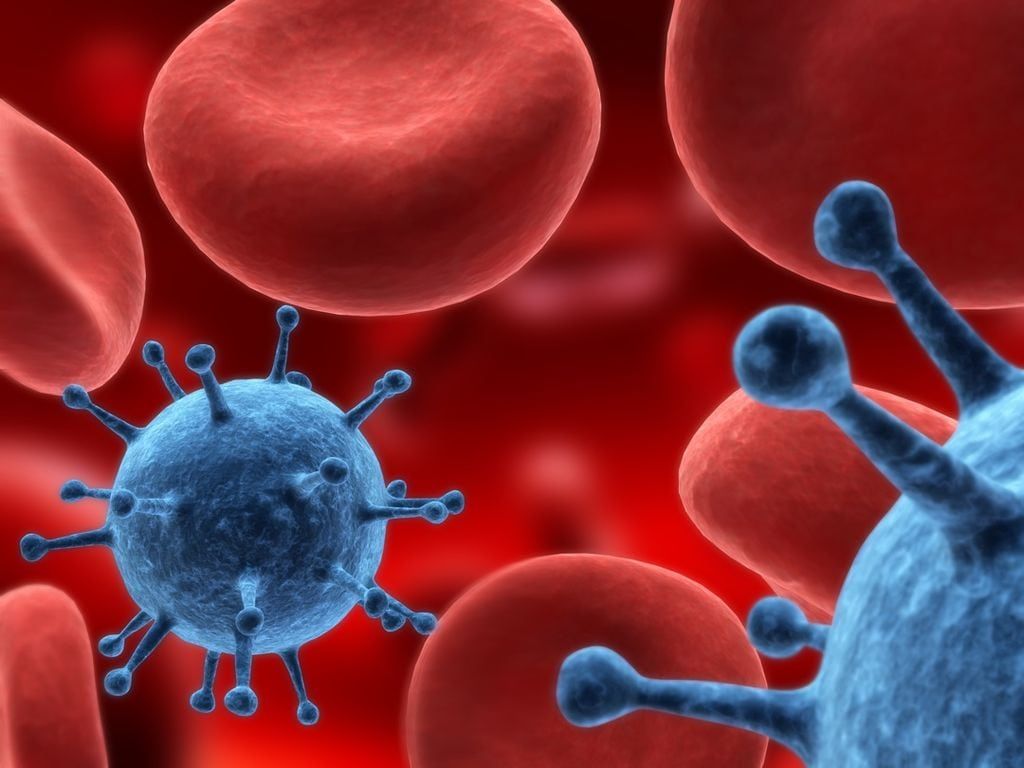A type of childhood leukaemia is preventable and could be caused by keeping babies too clean, wrecking their immune system, according to new research.
Modern lifestyles are behind rising cases of the blood cancer acute lymphoblastic leukaemia (ALL), says a leading British scientist who has studied the disease for 40 years.
It offers hope of preventing the disease simply by exposing infants to “common and harmless bugs.”
Professor Mel Greaves said most patients experience ‘clean’ childhoods in the first year of life – having little contact with other infants or older children.
He said: “The research strongly suggests ALL has a clear biological cause – and is triggered by a variety of infections in predisposed children whose immune systems have not been properly primed.
“It also busts some persistent myths about the causes of leukaemia – such as the damaging but unsubstantiated claims the disease is commonly caused by exposure to electro-magnetic waves or pollution.”
Eight years ago a US study found toddlers who attended nursery were up to 30 per cent less likely to develop ALL.
It was suggested picking up mild infections from other children helped them ward off the disease by boosting their immunity.
Prof Greaves, of The Institute of Cancer Research, London, said: “I hope this research will have a real impact on the lives of children. The most important implication is most cases of childhood leukaemia are likely to be preventable.
“It might be done in the same way that is currently under consideration for autoimmune disease or allergies – perhaps with simple and safe interventions to expose infants to a variety of common and harmless ‘bugs’.”
ALL is the most common type of leukaemia in children – affecting around 500 a year in the UK.
The disease is triggered when abnormal immature white blood cells start to flood the bloodstream.
This disrupts the production of normal healthy blood cells and causes anaemia and, eventually, leukaemia.
In the most comprehensive analysis to date Prof Greaves looked at more than 30 years of his own research and that of colleagues around the world to identify a “two-step process” as the likely cause.
The first is a genetic variant that makes some babies susceptible from birth and the second one or more common infections that act as the trigger.
The “unified theory” published in Nature Reviews Cancer pooled information on genetics, cell biology, immunology, epidemiology and animal modelling.
It could explain why only one percent of the one-in-20 children born with the mutation go on to develop ALL – challenging a century of controversy over other environmental ’causes’.
The childhood leukaemia is particularly prevalent in advanced, affluent societies – and is increasing in incidence at around one per cent per year.
Prof Greaves believes it’s a paradox of progress in modern societies with lack of microbial exposure early in life resulting in immune system malfunction.
The study funded by the charities Bloodwise and The Kay Kendall Leukaemia Fund said previous reports linking ALL with radiation, electricity cables, electromagnetic waves or man-made chemicals are not supported by robust evidence.
Instead there is strong evidence for the ‘delayed infection’ theory in which bugs benefit the immune system early in life but can then trigger leukaemia in children who were not previously exposed.
Prof Greaves said his findings could spare children the trauma and life-long consequences of chemotherapy.

His studies of identical twins, other human populations and animals suggest the mutations produce pre-malignant cells that can be triggered by a range of common viruses and bacteria.
In one unique cluster of cases investigated by Prof Greaves and colleagues in Milan all began with the flu virus.
In mice with an active leukaemia-initiating gene his researchers found when they moved them from an ultra-clean, germ-free environment to one that had common microbes they developed ALL.
Prof Greaves said studies have found early exposure to infection in infancy such as day care attendance and breast feeding can protect against ALL – most probably by priming the immune system.
He is now investigating if earlier exposure to harmless ‘bugs’ could prevent leukaemia in mice – with the possibility it could be prevented in children through exposure to common but benign microbes.
Prof Greaves said: “I have spent more than 40 years researching childhood leukaemia, and over that time there has been huge progress in our understanding of its biology and its treatment – so that today around 90 per cent of cases are cured.
“But it has always struck me that something big was missing, a gap in our knowledge – why or how otherwise healthy children develop leukaemia and whether this cancer is preventable.
“This body of research is a culmination of decades of work, and at last provides a credible explanation for how the major type of childhood leukaemia develops.”
The hygiene hypothesis was first proposed in 1989 when it was noted hay fever is less common in children with older brothers and sisters.
It was suggested catching lots of bugs from siblings provided protection against allergies.
It has since been linked to increasing rates of asthma, eczema and childhood diabetes because youngsters rarely roll in the mud, splash in puddles or play with animals – reducing their exposure to dirt and germs.
Prof Paul Workman, chief executive of The Institute of Cancer Research, said: “This research has been something of a personal, 30-year quest for Professor Mel Greaves – who is one of the UK’s most influential and iconic cancer researchers.
“His work has cut through the myths about childhood leukaemia and for the first time set out a single unified theory for how most cases are caused.
“It’s exciting to think that, in future, childhood leukaemia could become a preventable disease as a result of this work.
“Preventing childhood leukaemia would have a huge impact on the lives of children and their families in the UK and across the globe.”
By Ben Gelblum and Mark Waghorn

